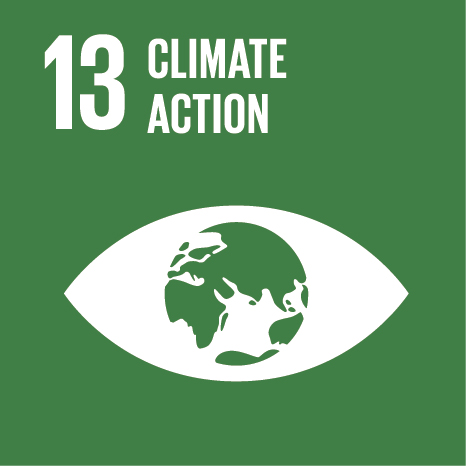Ciência_Iscte
Publications
Publication Detailed Description
Journal Title
Annual Review of Environment and Resources
Year (definitive publication)
2023
Language
English
Country
United States of America
More Information
Web of Science®
Scopus
Google Scholar
This publication is not indexed in Overton
Abstract
Buildings are key in supporting human activities and well-being by providing shelter and other
important services to their users. Buildings are, however, also responsible for major energy use
and greenhouse gas (GHG) emissions during their life cycle. Improving the quality of services
provided by buildings while reaching low energy demand (LED) levels is crucial for climate and
sustainability targets. Building sector models have become essential tools for decision support on strategies to reduce energy demand and GHG emissions. Yet current models have significant limitations in their ability to assess the transformations required for LED.We review building sector models ranging from the subnational to the global scale to identify best practices and critical gaps in representing transformations toward LED futures. We focus on three key dimensions of intervention (socio-behavioral, infrastructural, and technological), three megatrends (digitalization, sharing economy, and circular economy), and decent living standards. This review recommends the model developments needed to better assess LED transformations in buildings and support decision-making toward sustainability targets.
Acknowledgements
--
Keywords
Residential and commercial,Climate change mitigation,Scenarios development,Energy demand transformation,Megatrends,Decent living standards
Fields of Science and Technology Classification
- Earth and related Environmental Sciences - Natural Sciences
- Social and Economic Geography - Social Sciences
Funding Records
| Funding Reference | Funding Entity |
|---|---|
| 101003083 | Comissão Europeia |
| 741950 | Comissão Europeia |
| 101056810 | Comissão Europeia |
Contributions to the Sustainable Development Goals of the United Nations
With the objective to increase the research activity directed towards the achievement of the United Nations 2030 Sustainable Development Goals, the possibility of associating scientific publications with the Sustainable Development Goals is now available in Ciência_Iscte. These are the Sustainable Development Goals identified by the author(s) for this publication. For more detailed information on the Sustainable Development Goals, click here.

 Português
Português




